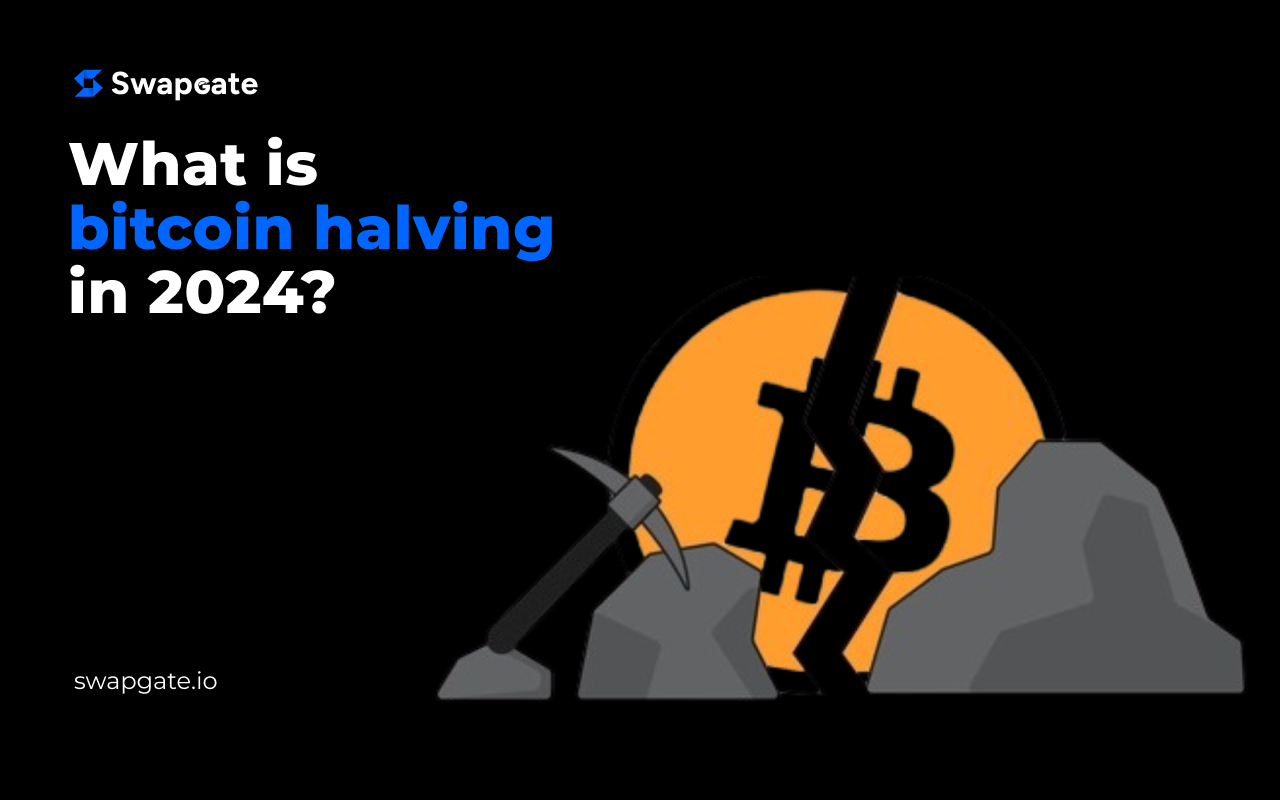
Bitcoin mining is an essential process for creating new blocks in the blockchain and verifying transactions, which also comes with the reward of BTC. This technology is the foundation of the leading cryptocurrency, Bitcoin, and has become the basis for numerous businesses and entire industries. Bitcoin mining in 2024 remains one of the most discussed topics in the crypto community. However, the prospects of this process are being questioned amidst the latest changes in the industry.
What is Mining, and Why Is It Popular?
Bitcoin mining is the process of solving complex mathematical problems needed to add new blocks to the blockchain. Each time a miner finds the correct solution, they receive a reward in the form of Bitcoin. This process requires significant computational power, and miners around the world compete to be the first to solve the problem and claim the reward.
The popularity of mining is due to the fact that it allows network participants to earn cryptocurrency without purchasing it directly (a significant saving, considering the price of BTC). Instead of buying Bitcoin, one can invest in mining equipment and receive cryptocurrency during the process. Despite this, mining has become more challenging over time, which has led to higher costs for electricity and equipment. Naturally, the number of miners has decreased proportionally.
How Are Blocks Mined, and How Is the Reward Obtained?
Bitcoin mining is based on solving a hashing problem – a unique digital code that verifies the validity of transactions in a block. To achieve this, powerful graphics processors and specialized devices (ASICs) are used. Miners compete to find the correct hash before others, as the one who finds the right solution first receives the reward in the form of newly minted Bitcoin.
However, the reward for mining Bitcoin is halved every four years through a process called “halving.” This mechanism is built into Bitcoin’s code to limit its supply. The last halving took place in 2024, and the next one is scheduled for 2028. This event will reduce the reward per block from 3.125 Bitcoin to 1.5625, which will significantly impact the profitability of mining.
Recent Trends in Bitcoin Mining
One of the main trends in recent years is the rising cost of electricity, which increases miners’ expenses. Many companies have already been forced to shut down their mining farms or seek regions with cheaper energy to continue operations. Some industry players have started transitioning to renewable energy sources, such as solar or wind power, to reduce costs and lessen the negative impact on the environment.
Since 2022, Bitcoin mining has become more centralized, as large corporations with substantial financial resources gained an advantage over smaller miners. These corporations can afford to build large-scale farms and use advanced equipment, increasing their chances of earning rewards.
Additionally, in 2023, many mining companies faced a drop in profitability, leading to a decrease in their interest in mining. Modern miners are now forced to find new ways to improve efficiency.
Bitcoin Mining in 2024: Is There Potential?
Bitcoin mining in 2024 may face new challenges. The reduction of block rewards due to halving has already raised the bar for the efficiency of mining equipment and energy use. However, the potential remains high, thanks to several factors.
First, the price of Bitcoin continues to rise. After the 2024 halving, the value of Bitcoin increased, and according to expert forecasts, after some retracement, it is expected to rise again. This will offset the reduction in rewards and allow miners to continue profiting. Instead of simply buying Bitcoin, many may choose to invest in mining equipment, hoping for an increase in profitability.
Second, technological advancements are helping reduce electricity costs and improve equipment efficiency. For instance, new generations of ASIC miners consume less power while offering greater performance, reducing energy costs and increasing the profitability of mining.
A third crucial factor is the support for renewable energy sources. In 2024, more companies are switching to eco-friendly solutions, which not only lowers expenses but also improves the industry’s image. This is particularly relevant amid the growing criticism of mining for its environmental impact.
Most experts believe that Bitcoin halving in 2024 is becoming increasingly challenging and less popular. The percentage of miners is rapidly declining, which negatively affects the entire market.
Conclusion
Bitcoin mining in 2024 remains one of the most important topics in the world of cryptocurrencies. Although halving may reduce mining profitability, the increase in Bitcoin’s price and technological advancements could compensate for these losses. For those considering mining as an alternative to simply buying Bitcoin, this field retains its potential, especially amid the growing interest in cryptocurrencies.
The outlook for mining in 2024 will depend on a number of factors: the cost of electricity, the level of competition in the industry, environmental requirements and, of course, bitcoin prices. Those who are able to adapt to the new conditions will likely continue to make profits and play an important role in keeping the bitcoin network running.
To buy bitcoin in a couple of clicks, use the SwapGate service. The best market rate, low commissions, no KYC and no registration – all this is available for a fast crypto exchange with SwapGate.